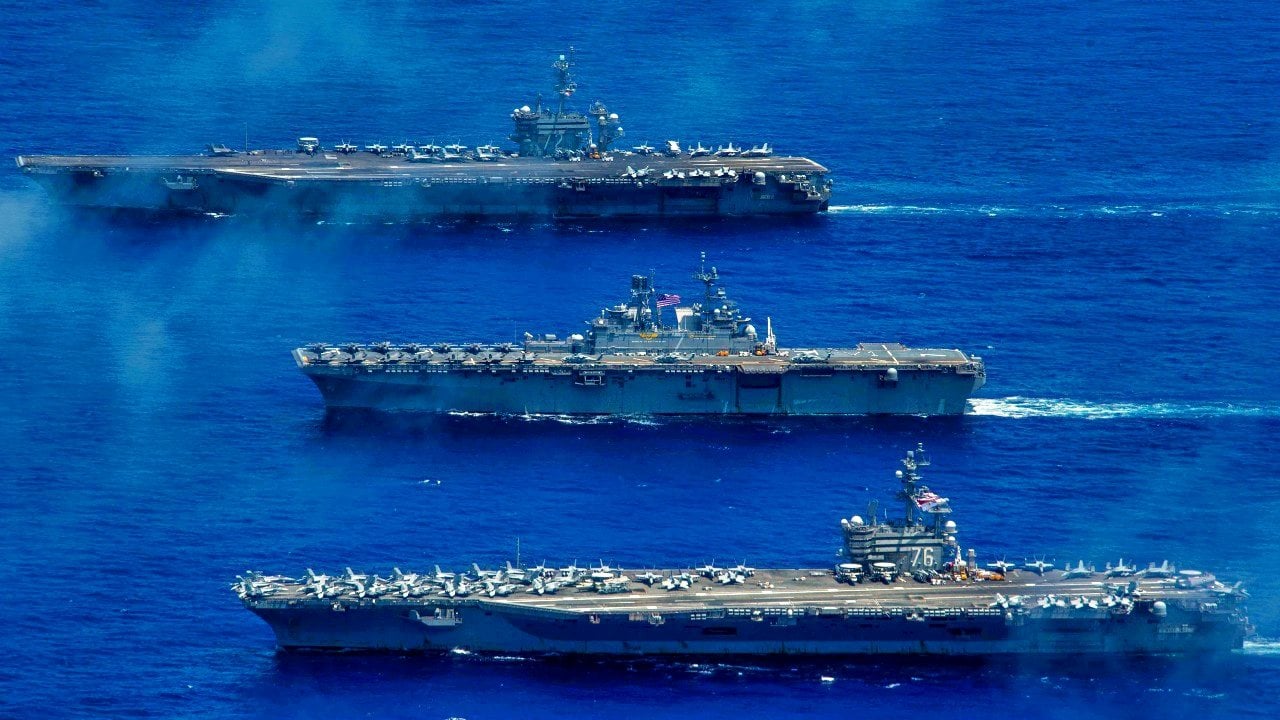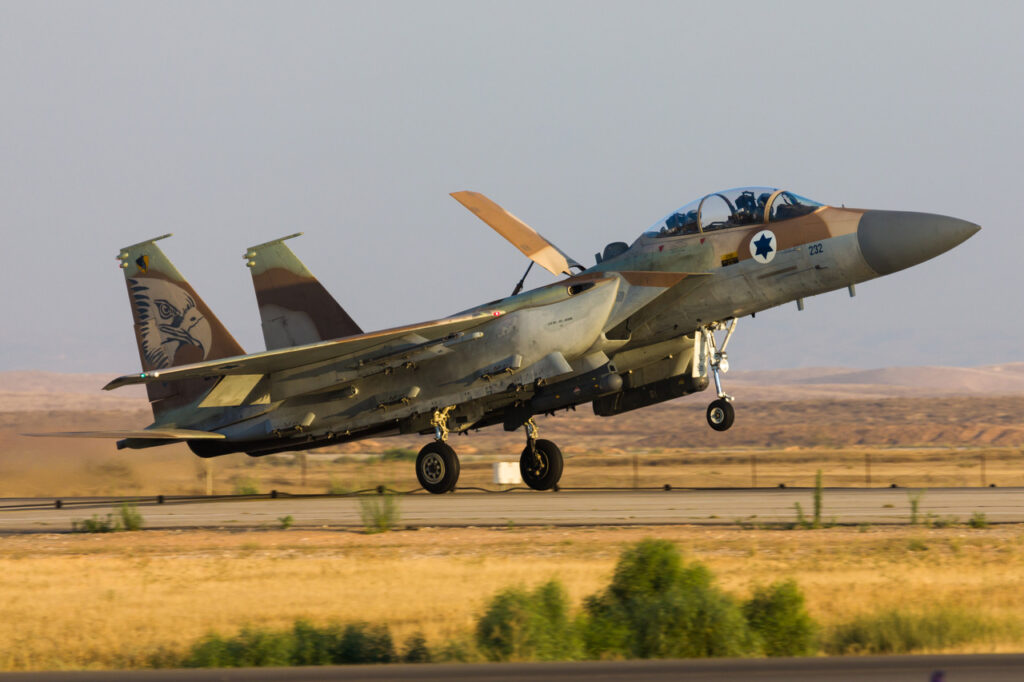
The U.S. Navy’s Aircraft Carriers: Just As Old and Doomed as Battleships
Summary and Key Points: The modern aircraft carrier, once a symbol of naval dominance, faces obsolescence due to advancements in anti-access/area-denial (A2/AD) systems by adversaries like China.

-These systems can easily target and destroy carriers, making them liabilities rather than assets.
-To maintain naval superiority, the U.S. Navy should pivot towards more resilient platforms such as unmanned underwater vehicles and space-based systems like the X-37B spaceplane.
-Submarines and advanced drones should become the primary power projection platforms until effective countermeasures against A2/AD threats are developed.
The Decline of Aircraft Carriers: Are They Becoming Obsolete in Modern Warfare?
The modern aircraft carrier is the equivalent of a floating coffin. Its size, speed, and presence dangerously close to enemy shores were once benefits for the platform, but they have all been converted into liabilities.
Such is the case with modern warfare. Platforms that created overwhelming advantages in previous conflicts can quickly become obsolete. Even worse, they can become strategic liabilities that adversaries exploit, and so it is with aircraft carriers today.
The Aircraft Carrier is This Era’s Battleship
In the case of large-scale conflict, the greater the gap between defining events, the more likely strategic platforms like aircraft carriers have become downright dangerous to operate in the interim.
The British Royal Navy at the outset of the Second World War believed battleships were the essential platform for power projection. They invested heavily in this capability.
Their most iconic battleship, HMS Hood, was the envy of the world during the interwar years. Most other navies assumed Hood, like the other battleships of the age, was the pinnacle of naval power projection.
Hood was sunk after minutes in its first major engagement of WWII with the far less capable German navy. The Brits had to lick their moral, psychic, and strategic wounds for much of the rest of the war over that loss.

Sure, they ultimately won WW2. But the victory over the Axis Powers for the British Empire was pyrrhic. The massive defense expenditures on legacy systems that failed to live up to their hype, such as HMS Hood, ensured the glory days of empire were behind the British by the end of the war.
Something similar may be afoot today with the United States. That is certainly what America’s enemies in Beijing, Moscow, Tehran, Pyongyang, and Caracas all think. So do non-state terror groups like Hezbollah, Hamas, and the Houthis.
America’s Enemies Aren’t Stupid. There’s a Reason They’re Investing in A2/AD
That belief is one of the reasons these foreign actors have spent so much time and money developing arsenals of anti-ballistic missiles and wider systems, such as anti-access/area-denial (A2/AD), predicated on negating America’s aircraft carrier advantage.
After decades of development and proliferation, these A2/AD systems are now ready for showtime.
For a few million dollars, an anti-ship ballistic missile, or any element of China’s A2/AD systems, could damage or sink an American flattop worth tens of billions of dollars and housing thousands of sailors and dozens of aircraft. This is a humiliating blow that the self-styled anti-imperialists of the Chinese-led world fantasize visiting upon the United States.
Will America Go the Way of Britain or Will It Chart a New Course?
The Americans have to decide whether they will play according to the old British Empire’s rules, where they ignore reality right up until the moment they no longer can, or if Washington will turn to the dynamism that made the United States the power it is today.
Namely, will the U.S. Navy (and its supporting political leaders) have the courage to restructure the surface fleet away from a severe dependence on the highly vulnerable aircraft carrier, and toward something else entirely?
The way forward is not massive, floating coffins such as the aircraft carrier. These systems are not entirely useless, but their worth is vastly decreasing as A2/AD systems become more widespread.
In an ideal world, the flattops would be deprioritized at least until effective countermeasures against the A2/AD threat are in place.
Rather than blowing billions of dollars on building new Gerald R. Ford–class aircraft carriers, the Americans should be building a fleet of the U.S. Space Force’s unmanned “spaceplane” (it’s a space bomber), the X-37B.
Not only could a swarm of these beauties in orbit provide precision strikes deep inside enemy territory, but they could also be used for anti-ballistic missile defense. What’s more, such systems might be the key to disrupting the space-based element of China’s A2/AD satellite constellation, which tracks U.S. military targets in real-time.
Meanwhile, the Navy needs to make the submarine, not another surface vessel, the primary power projection platform until the threat of A2/AD can be overcome. And not just submarines, but specifically unmanned underwater vehicles. Drones have already transformed the face of war, and the U.S. military has most directly experienced those changes. Yet the Navy is reticent to fully embrace the drone revolution. It’s inexplicable.
There is a Navy without the aircraft carrier at the center of it.

But that requires the Pentagon to accept this fact and stop listening to legacy defense contractors who think that their Cold War-era products are still at the forefront of technological innovation.
They’re not.
Real innovation is right at our fingertips – and the technologies I’m talking about here are cheaper than flat tops! If we don’t radically reverse course soon, the U.S. will endure the same humiliations that the British experienced at their end of their empire. America will lose its vaunted flattops in battle.
About the Author
Brandon J. Weichert, a National Interest national security analyst, is a former Congressional staffer and geopolitical analyst who is a contributor at The Washington Times, the Asia Times, and The-Pipeline. He is the author of Winning Space: How America Remains a Superpower, Biohacked: China’s Race to Control Life, and The Shadow War: Iran’s Quest for Supremacy. His next book, A Disaster of Our Own Making: How the West Lost Ukraine, is due October 22 from Encounter Books. Weichert can be followed via Twitter @WeTheBrandon.
All images are Creative Commons.


